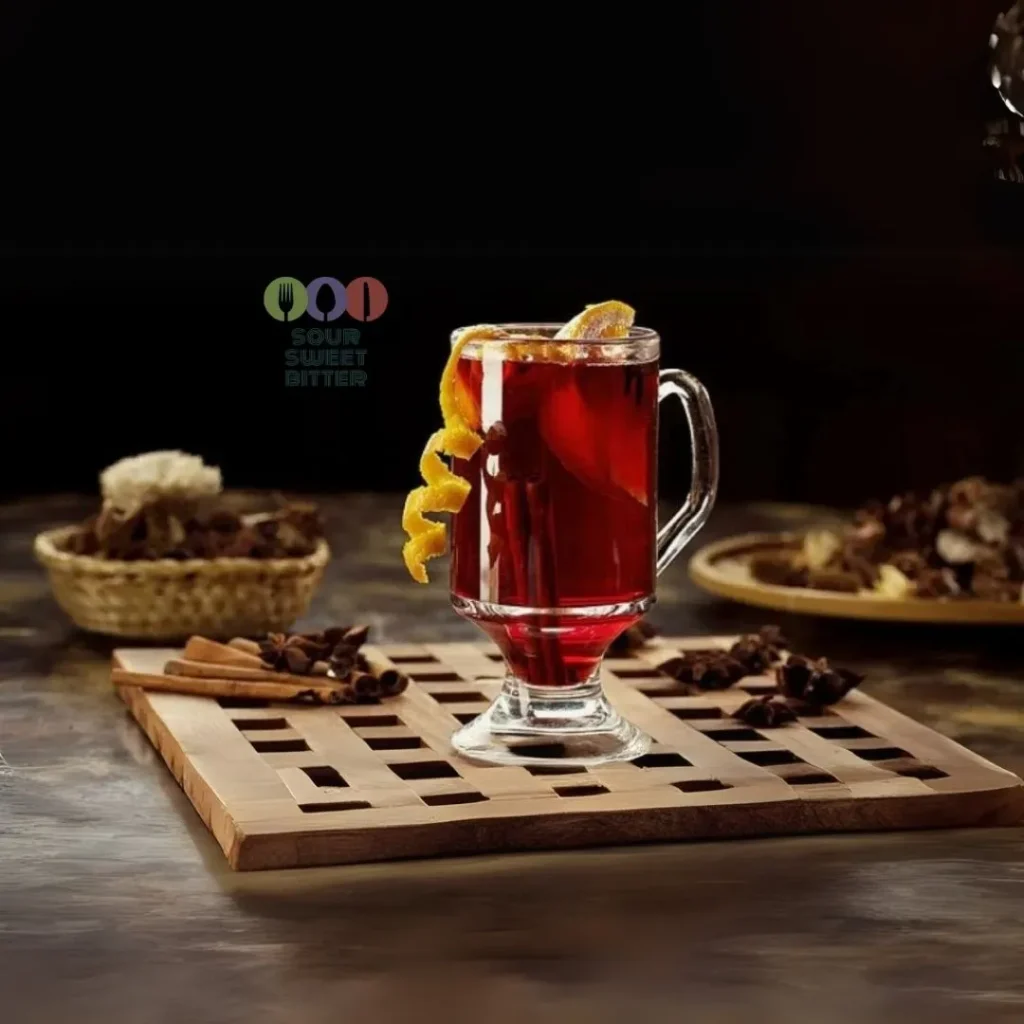The Rich History and Tradition of Finnish Glögi
Finnish glögi, a warming and spiced mulled wine, holds a special place in Finland’s culinary and cultural heritage. This festive drink is synonymous with the winter season, bringing people together in a warm celebration. Let’s dive into the fascinating history and tradition of this Nordic favorite.
Tracing the Origins
The roots of glögi date back to medieval Europe, where spiced wines were popular for their perceived health benefits and warming properties. As trade routes expanded, spices like cinnamon, cloves, and cardamom became more accessible, and the practice of mulling wine spread across the continent. Finland adopted this tradition, adding local flavors to create what we now know as glögi.
A Symbol of Winter Festivities
In Finland, glögi is more than just a drink; it symbolizes the winter season. From bustling Christmas markets to cozy family gatherings, this beverage brings a sense of warmth and festivity. Traditionally served during Advent and Christmas, it pairs perfectly with gingerbread cookies and raisins.
What Makes Glögi Unique?
Finnish glögi stands out from other mulled wines thanks to its unique combination of ingredients and flavors. The base is often red wine or a non-alcoholic berry juice, such as blackcurrant. Key spices include cinnamon, cardamom, cloves, and ginger, which give glögi its signature aroma and taste. Optional additions like almonds, raisins, and a splash of vodka or aquavit enhance the experience.
The Ritual of Serving
Serving glögi is a cherished ritual in Finland. It’s traditionally served warm in small mugs, often garnished with slivered almonds and raisins. The drink pairs with festive treats like piparkakku (gingerbread cookies) or joulutorttu (Christmas star pastries), fostering a sense of community and celebration.
Modern Twists on a Classic
While the traditional recipe remains beloved, modern variations have emerged. Some people experiment with white wine or apple cider as a base, while others incorporate unique spices or fruit syrups. These contemporary versions highlight the versatility of this iconic drink.
Glögi in Finnish Culture
Today, glögi is an integral part of Finnish culture and holiday traditions. It’s widely available in stores, both in ready-to-drink formats and as spice mixes for homemade preparation. Community events and corporate gatherings often feature glögi stations, where people can enjoy the comforting beverage while celebrating the season.
Making Glögi at Home
Creating glögi at home is a delightful way to embrace Finnish traditions. Start with your preferred base—red wine or berry juice—and gently heat it with spices like cinnamon, cloves, and cardamom. Sweeten to taste with sugar or honey, and finish with optional raisins, almonds, or a splash of your favorite spirit. Serve warm and enjoy with festive treats.
Conclusion: A Warm Embrace of Finnish Tradition
Finnish glögi is more than a beverage; it’s a reflection of Finland’s love for community, warmth, and tradition. Its enduring popularity and adaptability make it a timeless symbol of Finnish culture. Whether you’re sipping it by the fire or sharing it at a festive gathering, glögi is a delightful way to celebrate the season and connect with the spirit of Finland.
Discover Traditional Finnish Recipes Discover Traditional Recipes from Europe You may like this also: Russian Sbiten 🎄 See More Christmas Recipes 🎄Ingredients
Instructions
-
Measure the spices into a saucepan. Add the sugar and blackcurrant juice. Heat and let it boil until the mixture thickens to a syrup, about 10 minutes. Remove the saucepan from the heat.
-
Add the red wine to the saucepan and stir well. Strain off the spices. If desired, temper the mulled wine with a splash of clear wine, port or cognac. Heat, but do not let it boil.
-
Pour the drink into glasses and garnish with star anise or cinnamon sticks. Serve the mulled wine immediately.
-
Your traditional Glögni is ready. Nauti ruoastasi!
Note
Tip!
Are you looking for a non-alcoholic mulled wine recipe? You can make non-alcoholic mulled wine using flavoured syrup and suitably diluted juice. Try making your own mulled wine, for example, from syrup boiled in blackcurrant juice and redcurrant juice.
Making mulled wine in a new way – get ideas for applying the mulled wine recipe:
Flavored syrup is the basis of mulled wine. Boil it from juice, sugar and spices. By varying them, you can always get a new flavour in your mulled wine. You can boil a large amount of flavoured syrup at once, as it will keep in the fridge for several weeks.
In addition to blackcurrant juice, almost all sweetened and unsweetened juices are suitable as juices. Try, for example, redcurrant, cranberry and apple juice and develop the best homemade mulled wine according to your taste.
Replace the white sugar in the mulled wine recipe with dark sugar. Try, for example, brown, muscovado or cane sugar. Honey and maple syrup also add flavour. If the juice you use is sweet, reduce the amount of sugar.
Feel free to season it. Try pepper, chili or herbs, for example. Traditional mulled wine spices, such as cinnamon sticks, star anise, cloves and cardamom, can be dried after use and used again.
Red or white wine is sufficient as the alcohol for Christmas mulled wine. Strong alcohols, such as liqueurs, clear spirits and cognacs, are also traditional mulled wine enhancers.
Homemade mulled wine is often decorated with raisins and almond slivers. The spices you use in the flavor syrup and fruit slices are also suitable as decorations.
Set up a mulled wine bar for the Christmas Eve party and let guests finish their mulled wine themselves. Offer a few different enhancers, such as clear spirits, rum, cognac, gin or liqueur. In addition to raisins and almonds, add dried cranberries, nuts, star anise, cinnamon sticks, orange peel, polka dots and marshmallows to the bowls.
Christmas mulled wine can also be enjoyed as a cocktail or used in a Christmas punch or sangria. Try mulled wine with warmed mulled wine, for example, or mix a bubbly starter of mulled wine and sparkling wine.













